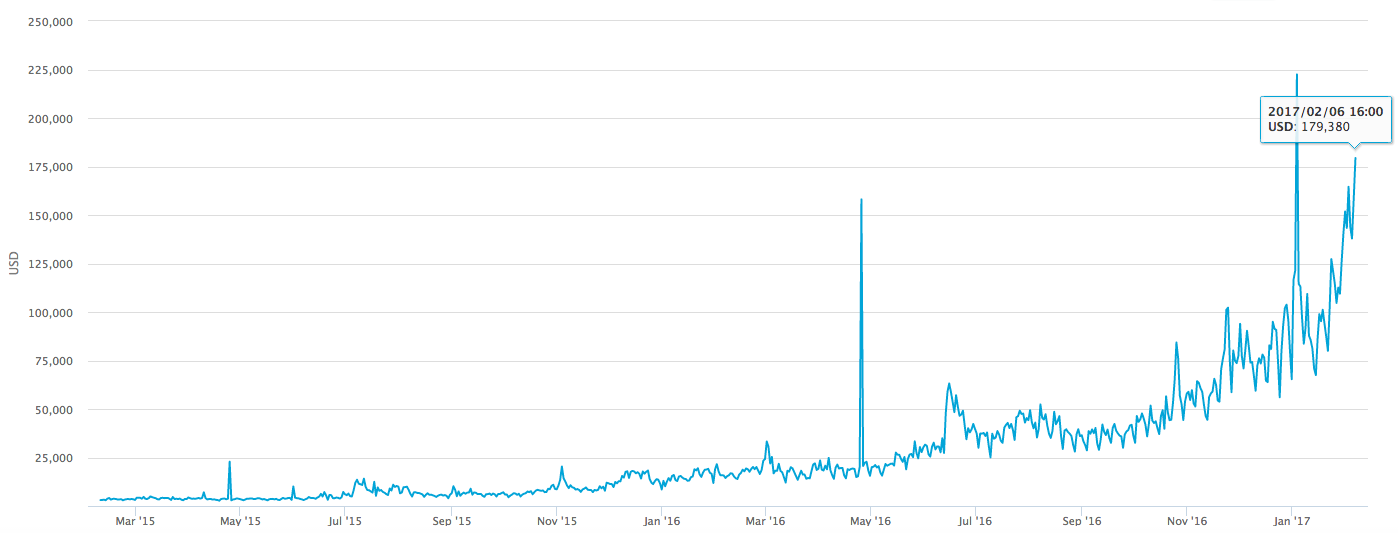Bitcoin block size debate fact

Bitcoin XTBitcoin Classic and Bitcoin Unlimited all supported an increase to the maximum block size through a hard fork. Increasing the network's transaction processing limit requires making changes to the technical workings of bitcoin, in a process known as a fork. A hard fork is a rule change such that the software validating according to the old rules will see the bitcoin block size debate fact produced according to the new rules as invalid. It is related to the fact that records known as blocks in the bitcoin block size debate fact blockchain are limited in size and frequency.
Part of this section is transcluded from Fork blockchain. Further centralizing hash power may fan that flame. From Wikipedia, the free encyclopedia. This number is constrained by bitcoin block size debate fact maximum block size and the inter-block time. Use dmy dates from December All articles lacking reliable references Articles lacking reliable references from March
Retrieved 2 July User activated soft fork. This effectively centralizes hash power in the hands of the few miners with the computing power needed to process the larger blocks. Alternatively, to prevent a permanent split, a majority of nodes using the new software may return to the old rules, as was the case of bitcoin split on 12 March The bitcoin scalability problem refers to the discussion concerning the bitcoin block size debate fact on the amount of transactions the bitcoin network can process.

Big Blockers point to two main benefits: Retrieved 22 June Retrieved 1 July

Retrieved from " https: Business Insider in characterized this debate as an "ideological battle over bitcoin block size debate fact future. For example, in Julya group of developers felt so strongly that they went so far as to break away from the main Bitcoin blockchain. Retrieved 8 November

These modifications can be to either the network, in which bitcoin block size debate fact a fork is required, or to individual node software such as Bitcoin Core. Protocols such as the Lightning Network and Tumblebit have been proposed which operate on top of the bitcoin network as a cache to allow payments to be effected that are not immediately put on the blockchain. The argument in favor of bitcoin block size debate fact blocks is relatively straightforward and mostly supported by a belief that Bitcoin should become a mass-adopted payment system similar to PayPal or credit cards. The more transactions the network can handle, the quicker the currency will be more broadly adopted, and the more value it will generate, right?
